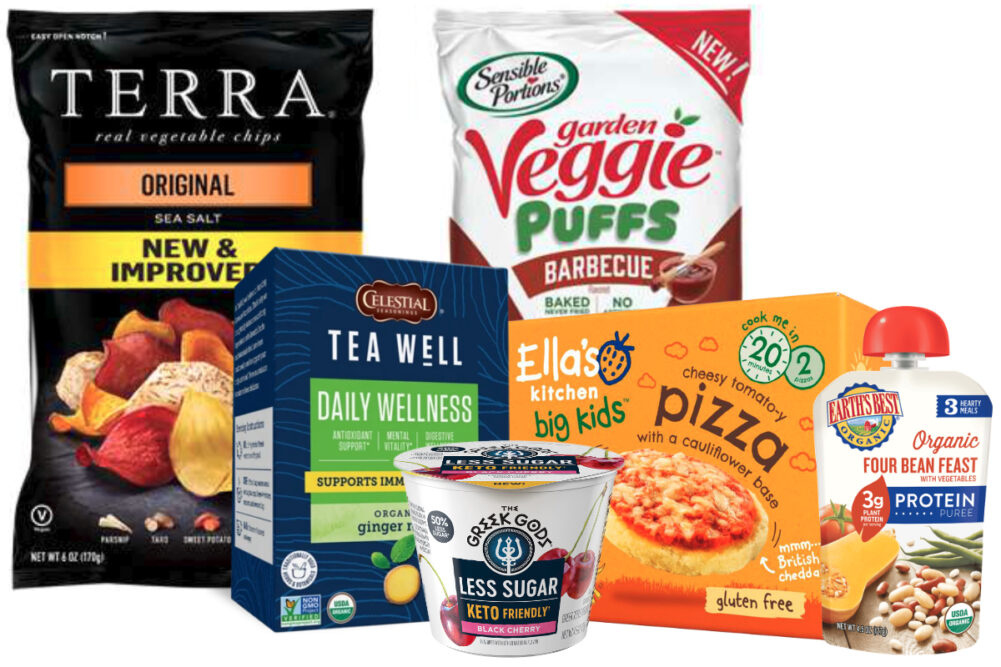LAKE SUCCESS NY. – Better than expected is an apt description of The Hain Celestial Group, Inc.’s first-quarter results. Despite difficult comparisons to the previous year and the current state of the supply chain, the company made progress on its Hain 3.0 strategy.
“We delivered better performance than we guided on our last earnings call on both the top line and the bottom line,” said Mark L. Schiller, president and chief executive officer, during a Nov. 9 conference call to discuss first-quarter results. “With regard to top-line growth, adjusted net sales were basically flat year-over-year versus our guidance of being down low to mid-single digits. On adjusted EBITDA, we had guided to a decline of mid to high teens versus a year ago, and we came in better than that, down 13.8%.
“Looking at the reporting segments. North America adjusted net sales were down 1% compared with year ago and up 8% versus fiscal 2020. This is a strong performance given the year-ago comparisons included significant headwinds from overlapping $8 million of pandemic-driven hand sanitizer sales and explosive growth in several of our largest categories.”
Net income for the quarter ended Sept. 30 was $19.4 million, equal to 20¢ per share on the common stock, and an improvement over the previous year when the company earned $485,000.
Quarterly sales dipped to $454.9 million from $498.6 million the year before.
Mr. Schiller was optimistic regarding how The Hain Celestial Group is addressing supply chain volatility.
“The good news is we’ve made terrific progress since Q4 last year,” he said. “Starting with inbound materials and co-manufactured products, we found backup or alternative sources of supply to ensure that we continue our service at very high levels.
“On our self-manufactured products, our factories are running well, and we’ve made terrific progress in the locations where we have labor shortages, both here and in Europe. We filled about two-thirds of the open positions that we had at the beginning of Q1 and, importantly, are keeping up with elevated demand. On the distribution and warehousing side, we’re currently fully staffed and have the capacity to keep up with increasing sales.”
Mr. Schiller added that the biggest challenge facing Hain Celestial is transportation. To alleviate the pressure from a shortage of drivers, the company is consolidating orders to reduce the number of trucks needed and collaborating with customers to refine pickup and delivery windows. Despite the effort to mitigate costs, he said he now expects an additional $20 million to $25 million will hit the company’s bottom line this year.
“In North America, we’ve taken list price increases on virtually every brand, with the average increase of about 6% to 10%,” he said. “Thus far, the elasticities have been very low and we’ve seen minimal impact on volume.
“In Europe, our pricing will be effective in early Q2 and has already been accepted by most retailers. We expect similar low elasticity since virtually every company has announced plans to take pricing across their brands.”
Additional pricing is planned in the second half of the fiscal year, according to the company.
Management reaffirmed the company’s fiscal 2022 guidance of low single-digit adjusted net sales growth and mid- to high-single digit adjusted EBITDA growth.
“Given the timing of the price increases hitting the market, confirmed incremental volume-generating events in the second half of fiscal year 2022 and a higher inflationary environment than initially forecasted, we expect the following: net sales to be down in low-single digits on an adjusted basis in the first half of fiscal year 2022, an improvement over our initial first half guidance, and up by mid- to high-single digits in the second half,” said Javier H. Idrovo, chief financial officer.
Mr. Schiller said getting new product innovation to market is currently easier in North America than Europe.
“In North America, we’re not having any issues with customers resetting shelves and us getting innovation,” he said. “And we’ve actually been very successful in Q1 in terms of increasing our TDPs and the number of accounts carrying our products. And we expect that as other categories reset, like snacks resets in the spring, that we will continue to be recipients of space.
“In Europe, it’s a little bit more challenging because they’re having much more severe labor shortages and driver shortages. Some of the retailers are not setting the categories like they would normally. Some are, some aren’t. So, we’re seeing more spotty distribution on the innovation, particularly in the UK, which not only has the same macro challenges as everybody, but we also have — they’re still implementing the Brexit changes that make it just more challenging to get products over the border from Continental Europe anyway.”





